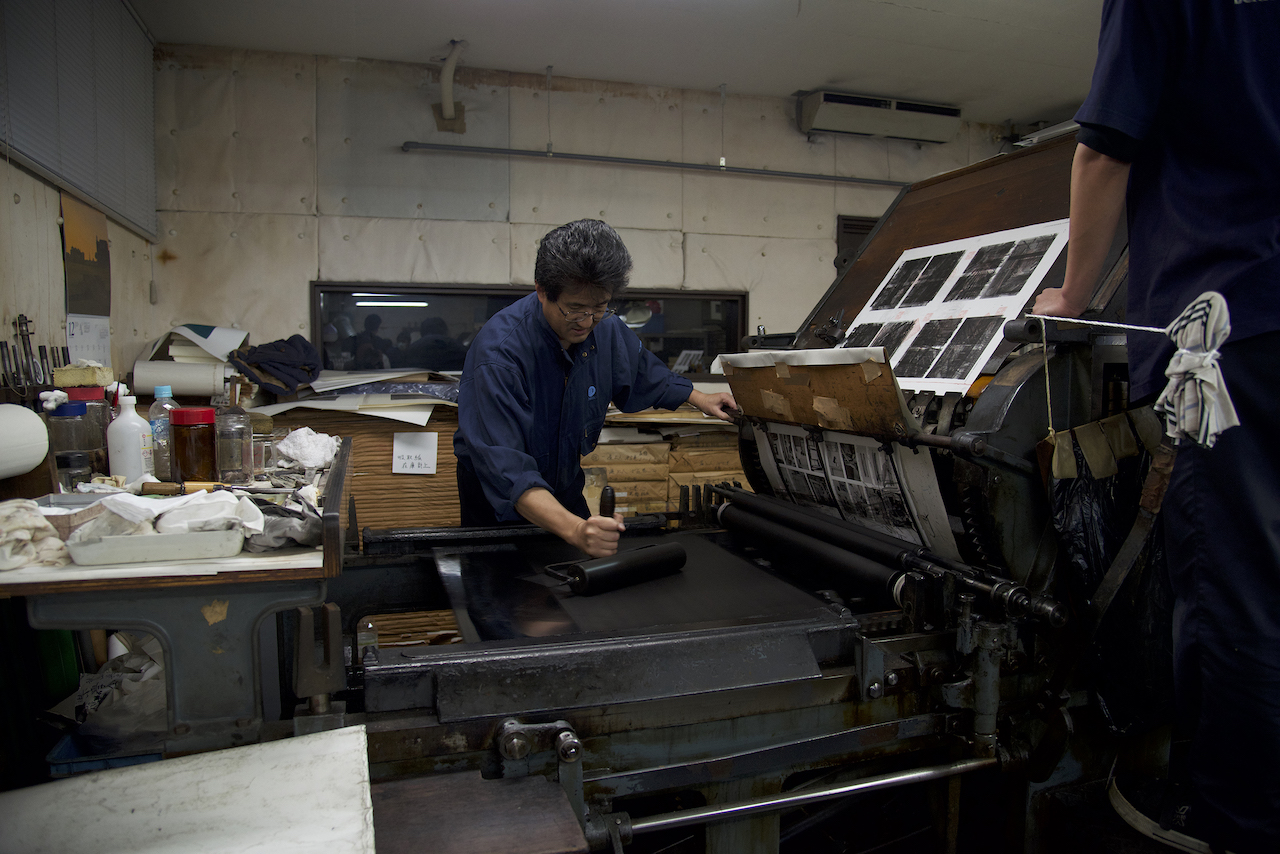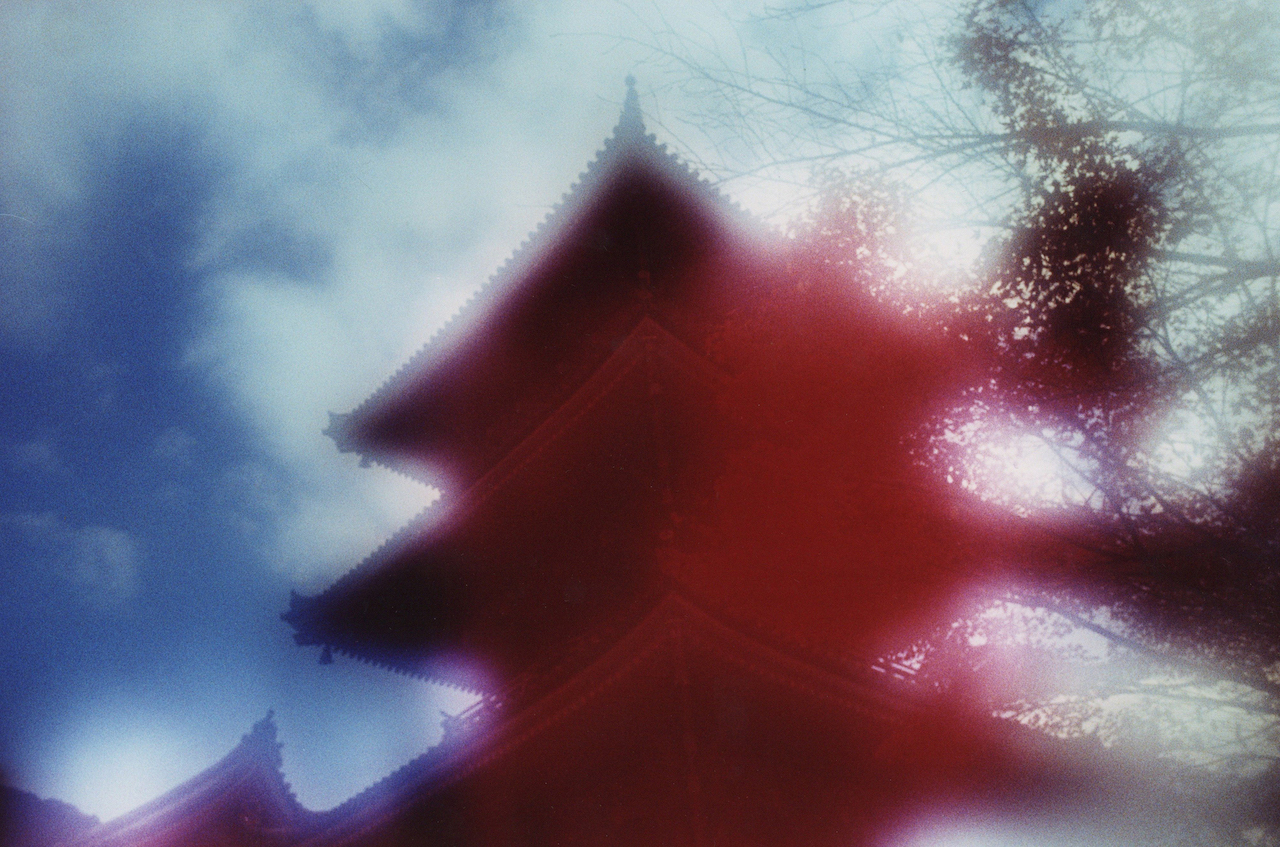This article is printed in the latest issue of British Journal of Photography: Performance. Sign up for an 1854 subscription to receive it at your door.
Photographer, writer and resident Sean Lotman guides us through the ancient city’s photographic hotspots
These days, it feels as if Kyoto is on everyone’s radar. However, despite being the capital of Japan for more than a thousand years (from 794 to 1868), only recently have the city’s treasures become appreciated globally. Tea ceremonies and classical theatre can be experienced across the country, but the aficionados will tell you it is better in Kyoto. The geisha in Gion are like movie stars, and the chefs of kaiseki restaurants like celebrities. Museum collections contain memories of centuries past – delicate scrolls, ceramic teacups and Buddhist sculpture.
For a long time, exhibition-goers were more likely to come across traditional arts such as sculpture and woodblock printing rather than photography. However, over the last decade, that has changed. Inaugurated in 2013 and modelled on Les Rencontres d’Arles, Kyotographie has evolved into a superlative international photofestival in Japan. Plus, a number of new galleries have opened in the city, and there are a growing number of bookstores selling rare first editions and independent press.
I first learned about Kyoto in the late 1990s. It was a somewhere-else-land that sounded romantic and mysterious 25 years ago to a young Californian man with dreamy aspirations. I would never have predicted that I would fall in love with a woman from Kyoto. My wife is the current and 16th-generation owner of 500-year-old soba restaurant Honke Owariya, and we now live in the city’s downtown area with our son and dog.
If you make it to Kyoto, you are likely to visit the famed bamboo forests at Arashiyama or the torii gates at Fushimi Inari. However, there is a chance you will discover more poignant resonance on your way. This is a city for strollers and wanderers. There are many in-between spaces that might strike your aesthetic fancy: overlooked geography surviving centuries of ‘progress’ – a machiya, a neighbourhood shrine, moss on a cracked wall – viewed in a glorious quality of light that changes with the shifting seasons.
Kyotographie
Citywide with a permanent space, Delta, in the Demachi Masugata shopping arcade
kyotographie.jp
Founded in 2013 by Lucille Reyboz and Yusuke Nakanishi, Kyotographie is an international photofestival celebrating masters of photography and up-andcoming artists. Inspired by the renowned Les Rencontres d’Arles in France, the pair believed Kyoto could become an expansive stage for showcasing art and ideas. The festival is based on the notion of engaging audiences who would not ordinarily visit museums and galleries but who are open to having their sensibilities challenged. Novel and creative presentation of artwork is the most important element in making Kyotographie unique. Collaborating with local designers, craftspeople and scenographers, establishments normally closed to the general public are transformed into atmospheric installations. Settings have included Zen temples, the kitchen quarters of Nijō Castle, and the redundant printing press factory of Kyoto’s main newspaper. It is this confluence of centuries-old history with the contemporary that gives the festival its special charm. The 2023 edition has the theme of Border. Running from 15 April to 14 May, it will present exhibitions by Boris Mikhailov, Joana Choumali, Mabel Poblet, Coco Capitán, Ishiuchi Miyako and Yuriko Takagi, among others. This year will also see the inaugural season of Kyotophonie, an accompanying music festival featuring visiting artists from the jazz, electro and world-music genres. Beyond the festival itself, the organisation presents a rotating programme of exhibitions at its bistro-gallery, Delta, located in the Demachi Masugata shopping arcade, near the Kamo River. It has also initiated an artists’ residency, each year welcoming an African practitioner to create a project in response to the city.
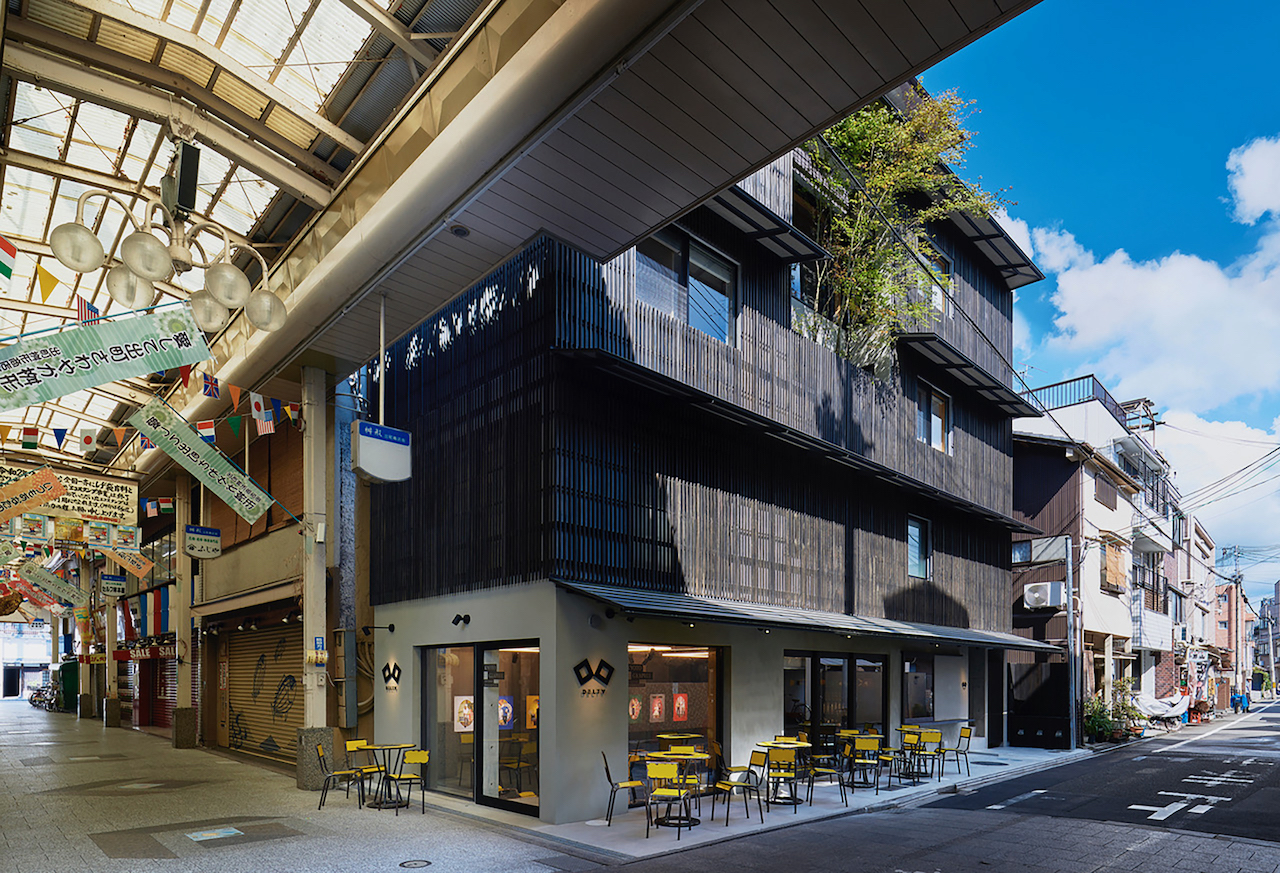
Purple
122–1 Shikinami-cho, Nakagyo-ku, Kyoto 604-8261
purple-purple.com
South-east of Nijō Castle in a modest building, up several flights of stairs, is Purple. The gallery is the combined effort of two prominent Kyoto-based artbook publishers: Seigensha and Akaaka. The gallery opened on 26 March 2022, with an exhibition by Naoya Hatakeyama called Tsunami Trees [above], a series about landscape damage in the Tōhoku region in the aftermath of the 2011 earthquake disaster. Since then, Purple has shown the work of Japanese artists including Masahisa Fukase, Kikuji Kawada, Yu Yamauchi, and more. In addition to innovative exhibition themes, there is a bookstore with titles from the two publishers as well as other books with Japanese-related work. Chairs and table space allow for leisurely, comfortable perusal.
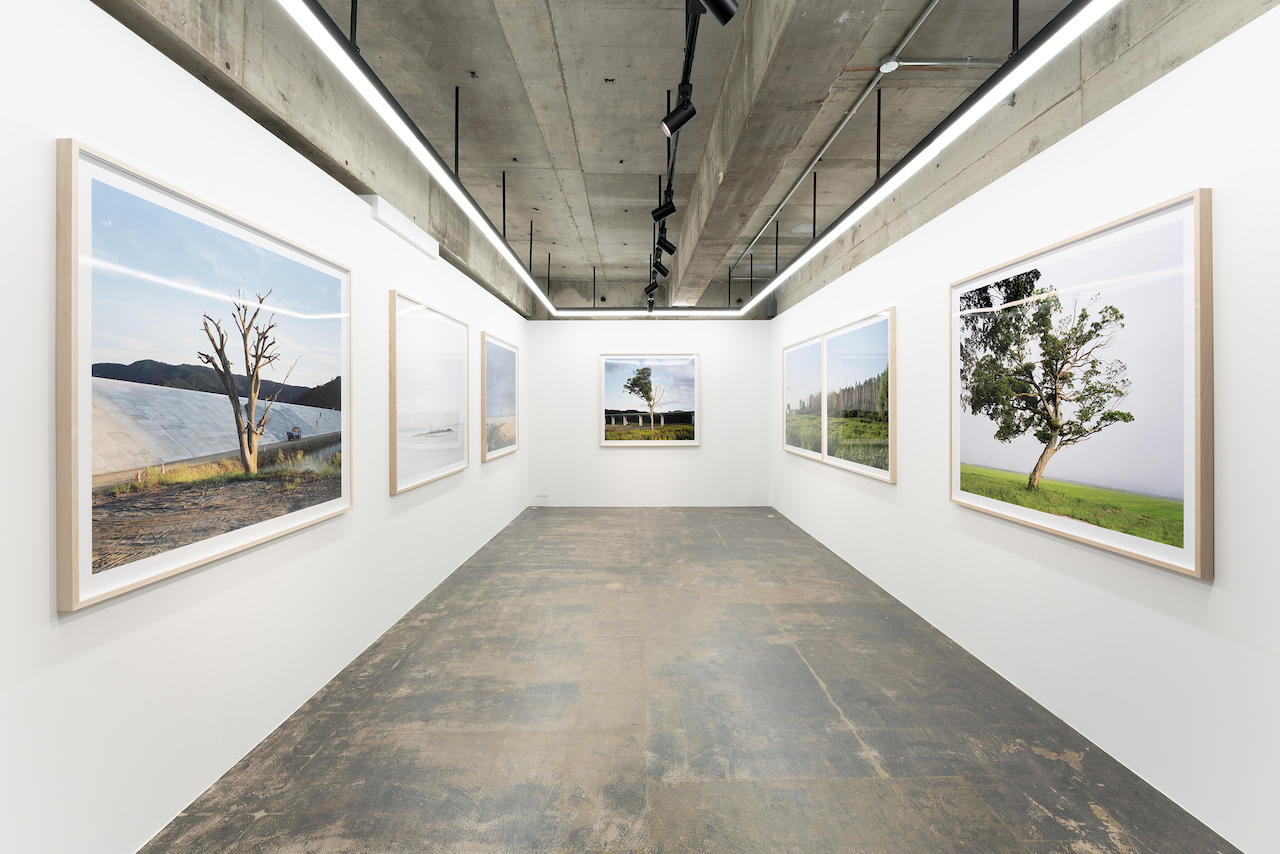
Villa Kujoyama
17–22 Hinooka, Ebisudani-cho, Yamashina-ku, Kyoto 607-8492
villakujoyama.jp
At the top of a steep path, in the hills south-east of the Heian Shrine, is the French arts residency Villa Kujoyama. The site initially belonged to the French Institute in Kansai, which opened in 1926 as part of an initiative led by the French poet and ambassador to Japan at the time, Paul Claudel. The organisation was moved to a more central location in 1936, but the land lay dormant until the 1980s when the French Ministry of Foreign Affairs decided to reinvent it as a cultural centre for the exchange of Franco-Japanese ideas. In November 1992, Villa Kujoyama became the first French residency programme in East Asia. The current building – a minimalist concrete structure flanked by trees and overlooking the city – can host up to six artists-in-residence for periods of two to six months. It is a perfect place to focus, the residence being deliberately removed from urban busyness, its grounds quiet and tranquil. The artists’ spaces have high ceilings with windows facing patio gardens. Originally set up for more traditional arts, its pursuits have evolved with the zeitgeist, and the facility now hosts digital artists, craftspeople, fashion designers and culinary artists, as well as photographers. In the 30 years since the residency began, Villa Kujoyama has hosted over 400 artists. It is open to French citizens as well as practitioners who have lived in France for at least five years and who wish to develop a project related to the Kansai region or Japan more generally
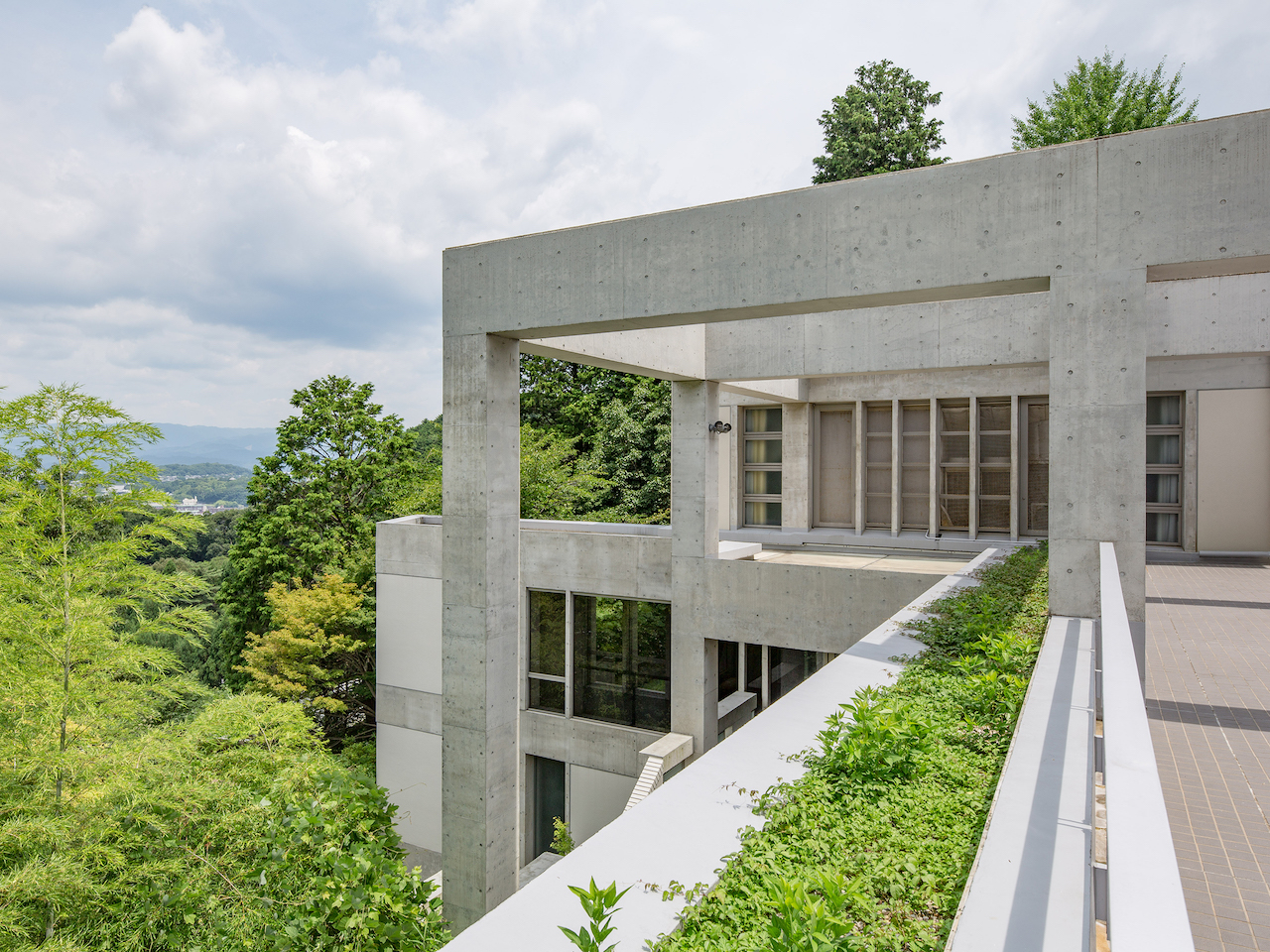
Photographing Kyoto by season
With its reputation for elegance and charm, Kyoto has been attracting photographers – amateur and professional – for many years. The most popular time to visit is early spring when the cherry blossoms are in full bloom. The flowers are particularly beautiful around Ninna-ji Temple and alongside the Kamo River. Others aspire to explore in autumn, when crimson maple leaves and chrome-yellow gingko transform the city’s foliage. These colourful leaves, known as kōyō, are to the Japanese autumn what cherry blossoms are to spring, and are best experienced at the Imperial Palace in the early morning quiet. Winter is cold, but there are fewer tourists and the light is clean and true. Summer, with its intense humidity, is the greatest challenge for a photographer hoofing around town as it can be exhausting. The light is intense at midday, but the ’magic hour’ luminescence lingers; one of the best-loved memories of a trip could be cycling along the banks of the Kamo River on a hot summer’s day, observing life lived by its murmuring waters. No matter what time of year you visit, the light particular to that season will be memorable – and will undoubtedly inspire you to return at a different time of year.
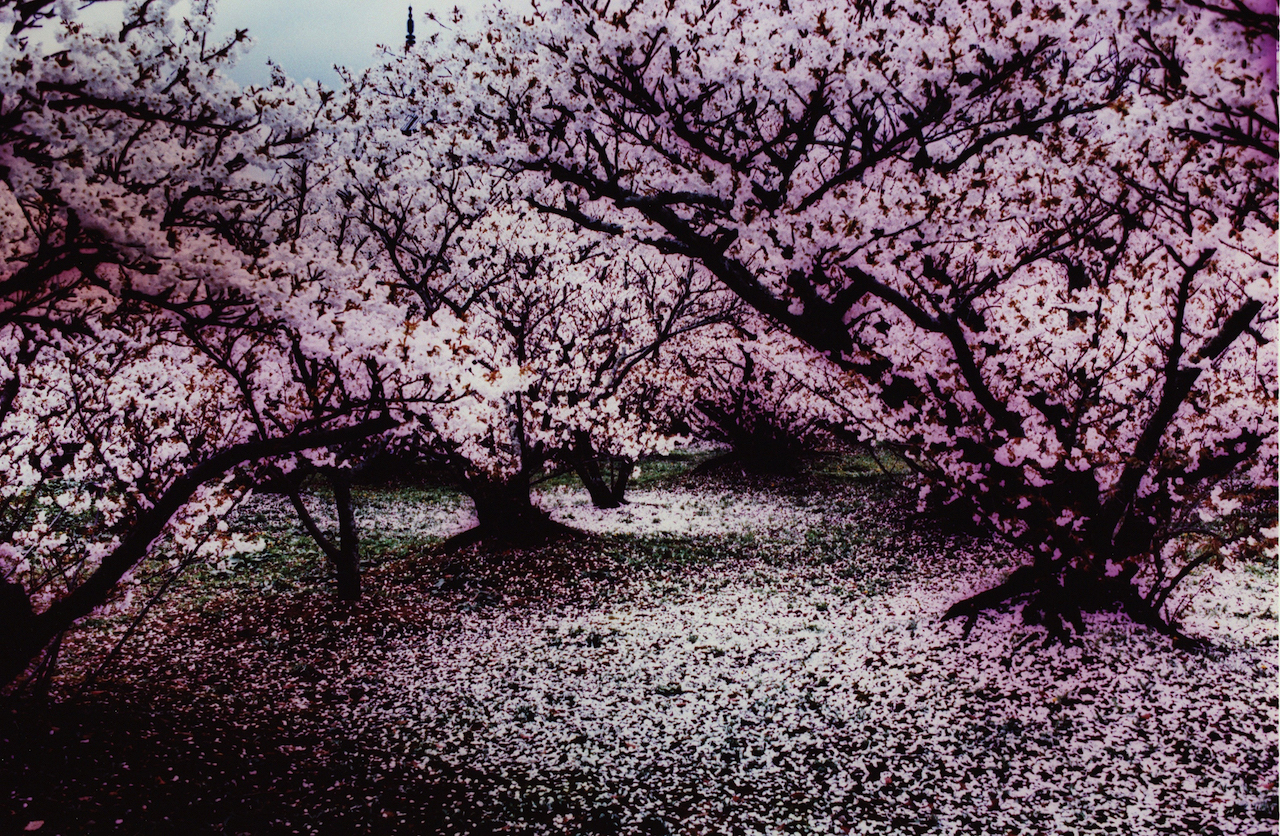
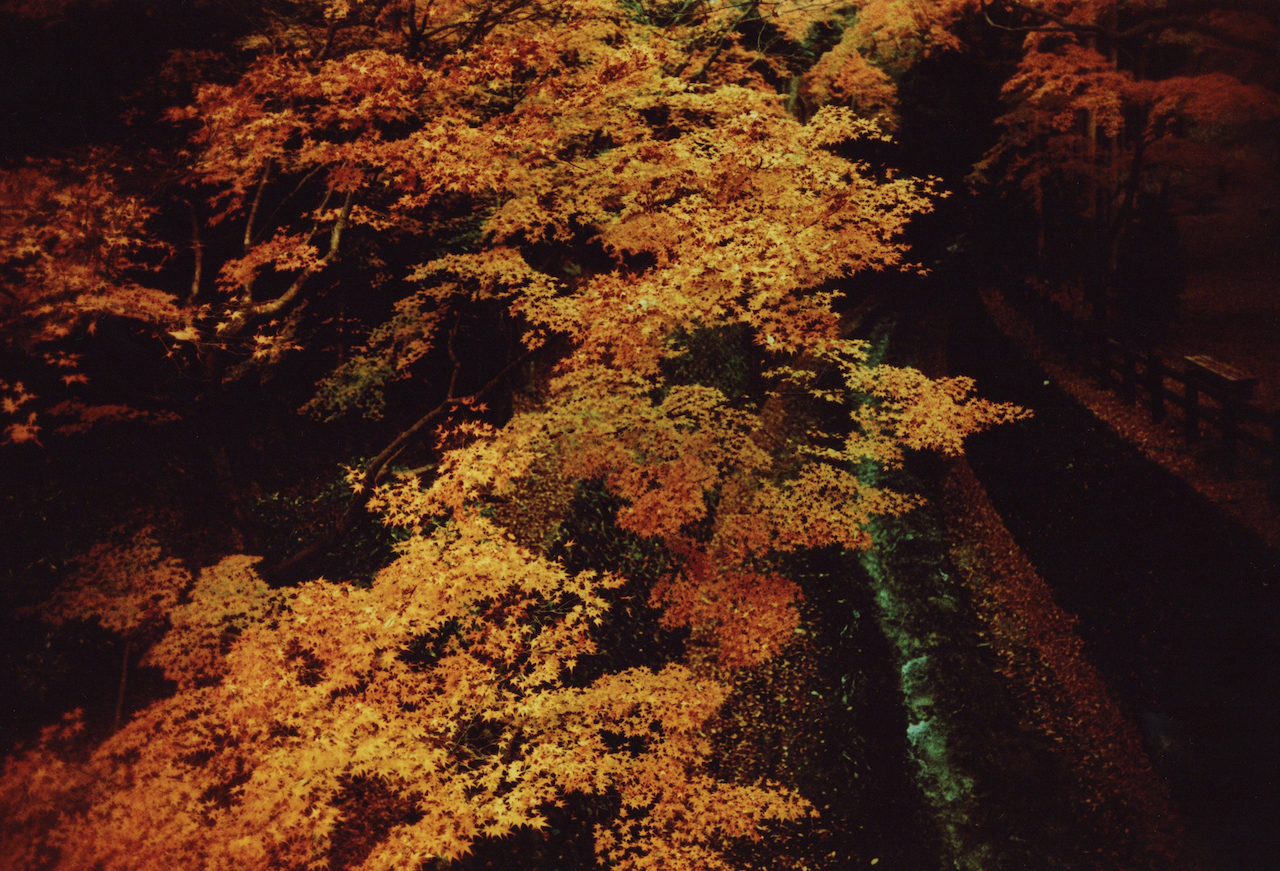
HoHoHoZa
2–7 & 71 Jodojibaba-cho, Sakyo-ku, Kyoto-shi, Kyoto 606-8412
hohohoza.com
Anyone delving deep into the Japanese publishing scene should make a pit stop at HoHoHoZa. The establishment is actually two bookshops situated opposite each other on a quiet street. They share the same name, but are run independently by two different owners. One shop [above] is large and airy, focusing on decidedly anti-trendy, uber-indie publications. The other is a narrow room packed with an eclectic collection of books from Japan and abroad, including rare gems. A visit to either will unearth something wonderfully eccentric.
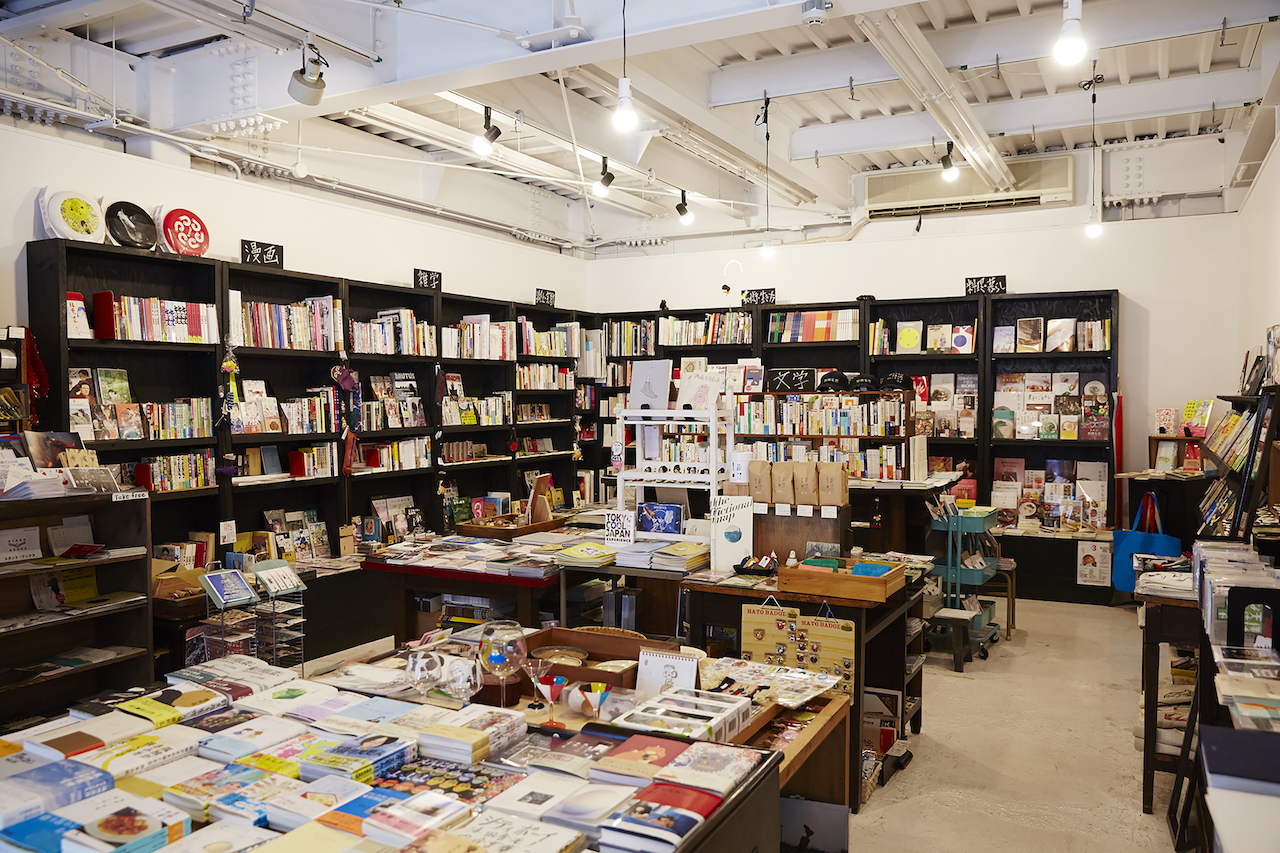
RPS Kyoto Paperoles
603 Laomatsu-cho, Kamigyo-ku, Kyoto 602-8318
reminders-project.org
Located near the picturesque grounds of Kitano Tenmangu shrine in north-west Kyoto is an outpost of Tokyo’s legendary gallery-workshop, Reminders Photography Stronghold (RPS), led by Yumi Goto. The Kyoto space hosts photo exhibitions, workshops and events. ‘Paperoles’ is French for small pieces of paper folded and glued to the page, often with notes, captions and marks, and aptly expresses the process of photobook-making. The new iteration represents an expansion of RPS’ activities, which have become too much for Tokyo alone. Since 2014, participants from all over the world have taken part in RPS events; past subjects have included the Photobook as Object workshop (there is a forthcoming event in May) and a Photobook-Making Masterclass, instructing on the process of turning project concepts into photobook dummies.
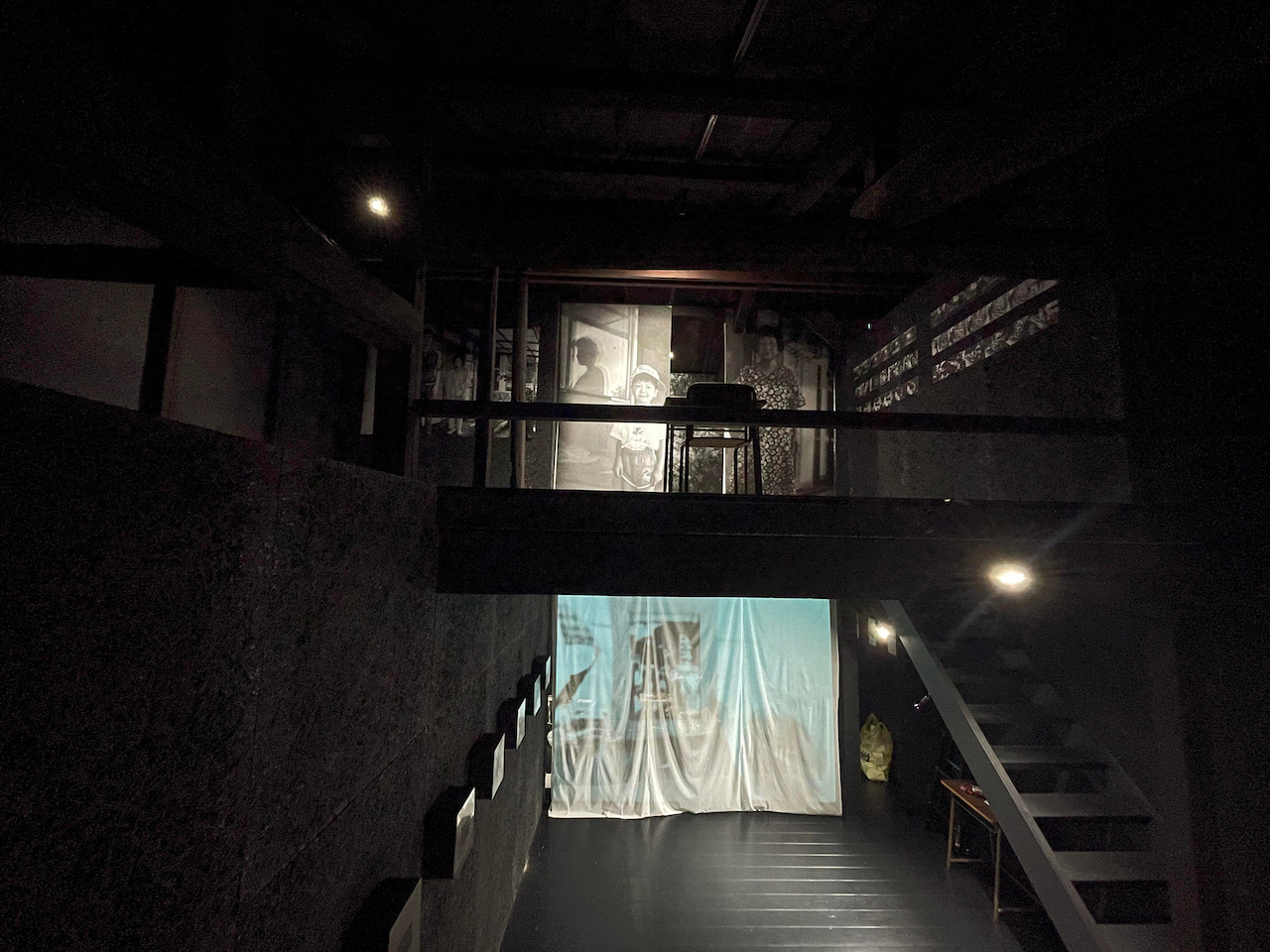
Benrido Atelier
302 Benzaiten-cho, Shinmachi-dori, Takeyama-cho, Nakagyo-ku, Kyoto-shi, Kyoto 604-0093
@benrido.atelier
Nothing in photography synthesises Kyoto’s old-world charm and photography’s heritage better than Benrido. It is the world’s last remaining atelier capable of full-colour collotype printing. Invented in France in the mid- 19th century, collotype printing is a complex, meticulous process – it can take weeks for even master printers to complete projects. Throughout the 20th century, Benrido made an invaluable contribution to the preservation of Japanese cultural artefacts, creating replicas of several national treasures. Some of the originals were destroyed in fires and history would have been lost if not for the collotype reproductions. Benrido also has a gallery and shop annexed to its offices, and in 2017 launched the Collotype Academy to educate artists on this extraordinary process. It also recently inaugurated the Hariban Award (hari meaning ‘glass’ and ban meaning ‘plate’) to artists working in black-and-white. Grand prize winners are eligible for a two-week residency in which they will be able to produce collotype prints of their work.
